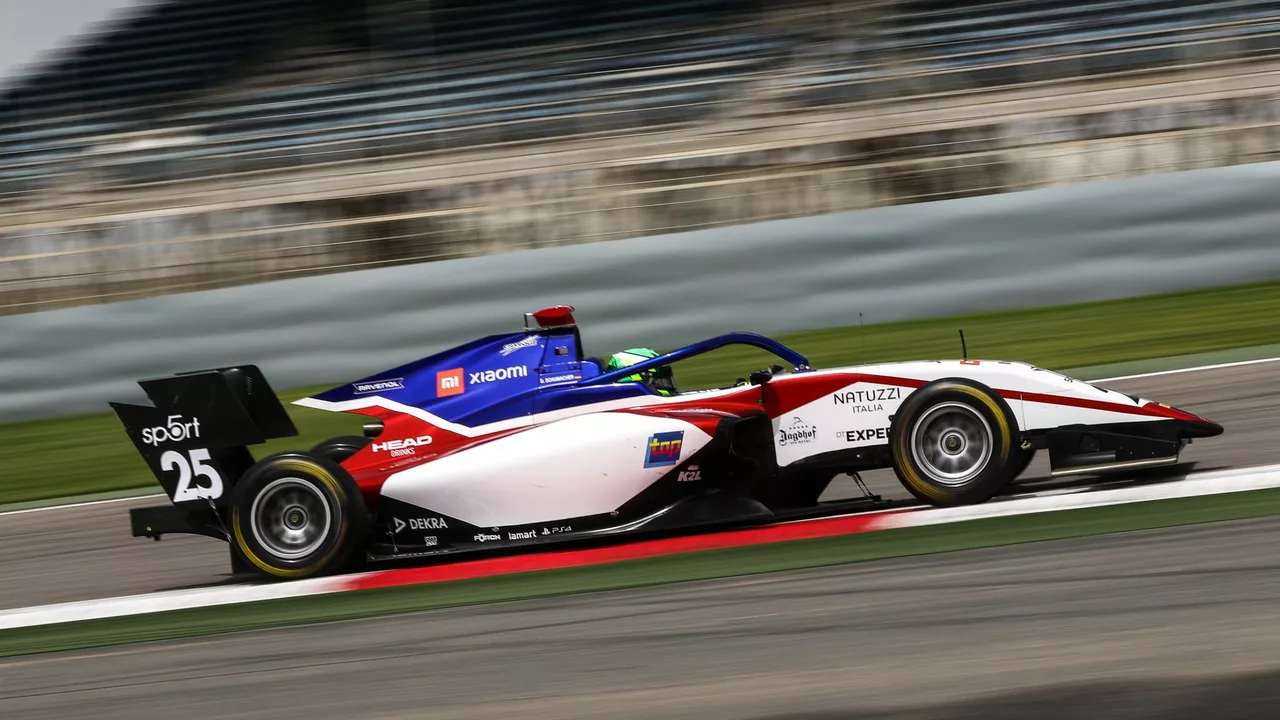Formula Three: Your Quick Guide to the Fast‑Track Racing Series
If you love high‑speed racing but want to see the talent before they hit Formula 1, Formula Three is the place to start. It’s a stepping‑stone series where young drivers learn the ropes, teams test new technology, and fans get pure, close‑quarter racing without the massive budgets of the top tier.
What is Formula Three?
Formula Three sits in the middle of the open‑wheel ladder, right after Formula 4 and before Formula 2. The cars use a standardized chassis, engine, and tyre package, which means the competition is decided by driver skill and team setup. Races are run on the same circuits you see in Formula 1, so you get a taste of the same corners and straights.
Each season features about ten to twelve events, with two races per weekend. The points system mirrors the higher formulas, rewarding consistency and giving extra points for pole positions and fastest laps. Because the machinery is equal, you’ll see a lot of overtaking and strategic battles.
Why Fans Tune In
Fans love Formula Three for its raw, unfiltered excitement. You get to watch future stars like Charles Leclerc or Lando Norris when they were rookies. The close racing also makes it easier to follow the action on TV or streaming platforms – there’s less chance of a single car pulling away and dominating the whole race.
Another draw is the variety of teams. Some are junior squads of big manufacturers, while others are independent outfits looking to prove they can nurture talent. This mix brings different engineering approaches and a fresh set of rivalries each year.
How to Follow the Action
The easiest way to catch a race is through the official broadcasters in your region – many use the same channels that show Formula 1. If you prefer online, the series’ website streams live races and provides highlights, practice times, and driver interviews.
Social media is also a goldmine. Teams post behind‑the‑scenes videos, and drivers share their thoughts right after qualifying. Joining the Estima Motorsports Hub forum lets you discuss races with other fans, ask questions, and stay updated on schedule changes.
Don’t forget the race calendar. Most events line up with Formula 1 weekends, so you can plan a double‑header viewing day – a support race in the morning, then the main event in the afternoon.
Pathway to the Top
Success in Formula Three can fast‑track a driver to Formula 2 and eventually Formula 1. Teams look at a driver’s racecraft, consistency, and how well they work with engineers. Winning the championship often earns a test drive with a senior team, which is a huge career boost.
If you’re a young driver aiming for the top, the typical route is karting → Formula 4 → Formula 3 → Formula 2 → Formula 1. Scholarships and driver development programs from manufacturers like Mercedes, Ferrari, and Renault frequently scout talent in Formula 3, so performing well can open doors.
For fans who want to dive deeper, check out the season’s technical regulations on the official site. Understanding the rules about aerodynamics, tyre compounds, and fuel loads adds a layer of appreciation for the tactics that teams employ during a race.
Whether you’re a casual viewer or a budding enthusiast, Formula Three offers the perfect blend of speed, skill, and storytelling. Tune in, follow the drivers, and you might be watching the next generation of racing legends before they even hit the top tier.
